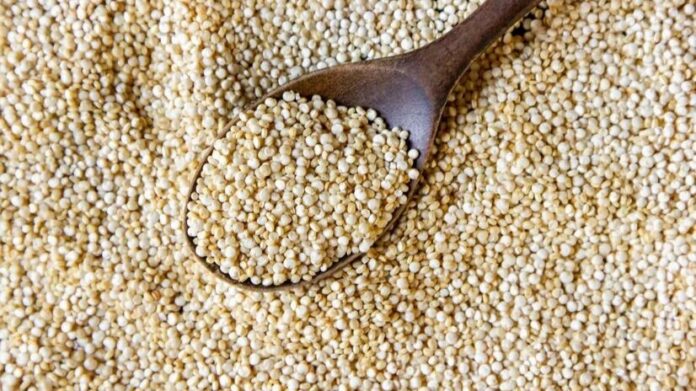In the quest for healthier eating, quinoa and dalia (cracked wheat) have become popular choices. Both are nutritious and versatile, but how do they stack up against each other?
Let’s explore the nutritional differences and health benefits of these two grains to determine which might be the better option for you.
Nutritional Comparison
Protein Content:
Quinoa is known for being a complete protein, containing all nine essential amino acids, making it an excellent choice for vegetarians and vegans. Dalia, while rich in protein, does not offer a complete amino acid profile. However, when combined with other foods, it can still contribute to a balanced diet.
Fibre and Digestive Health:
Both quinoa and dalia are high in dietary fiber, which is beneficial for digestion and maintaining a healthy gut. Quinoa has slightly more fiber, which can aid in better digestion and provide longer-lasting satiety. Dalia, being a whole grain, is also excellent for digestive health and can help regulate blood sugar levels.
Vitamins and Minerals:
Quinoa is a good source of essential nutrients like magnesium, iron, and B vitamins. It also contains antioxidants, which help protect the body from free radicals. Dalia is rich in folate, Vitamin B important for cell growth and metabolism, and is also a good source of iron and magnesium.
Calorie and Carb Content:
Quinoa is higher in calories and carbs compared to dalia, making it a more energy-dense food. This can be beneficial for those needing a high-energy diet but may not be ideal for those trying to manage their calorie intake.
Which is Healthier?
The choice between quinoa and dalia depends on your dietary needs and health goals. Quinoa is ideal for those seeking a complete protein and more nutrient-dense food. Dalia, with its lower calorie and carb content, may be better for those focused on weight management or looking for a heartier grain. Both are nutritious options, and incorporating them into your diet can provide a range of health benefits.


